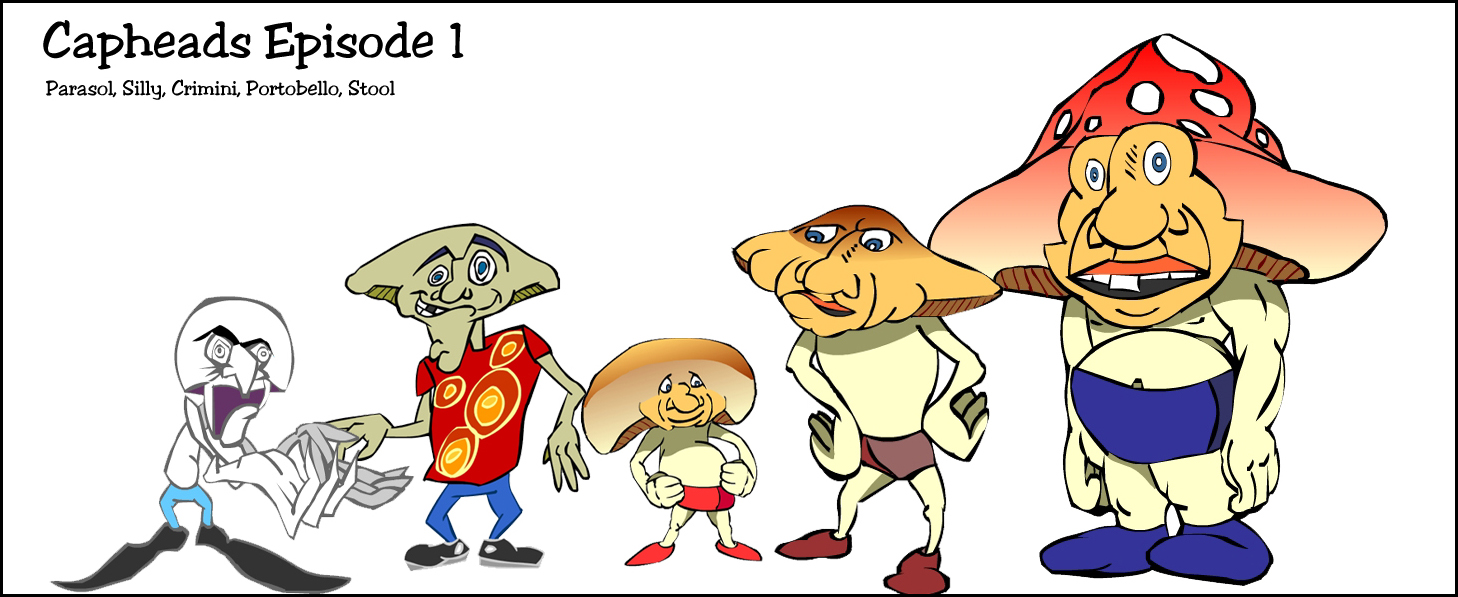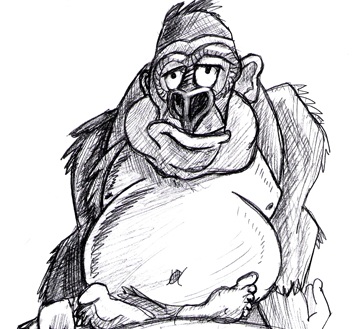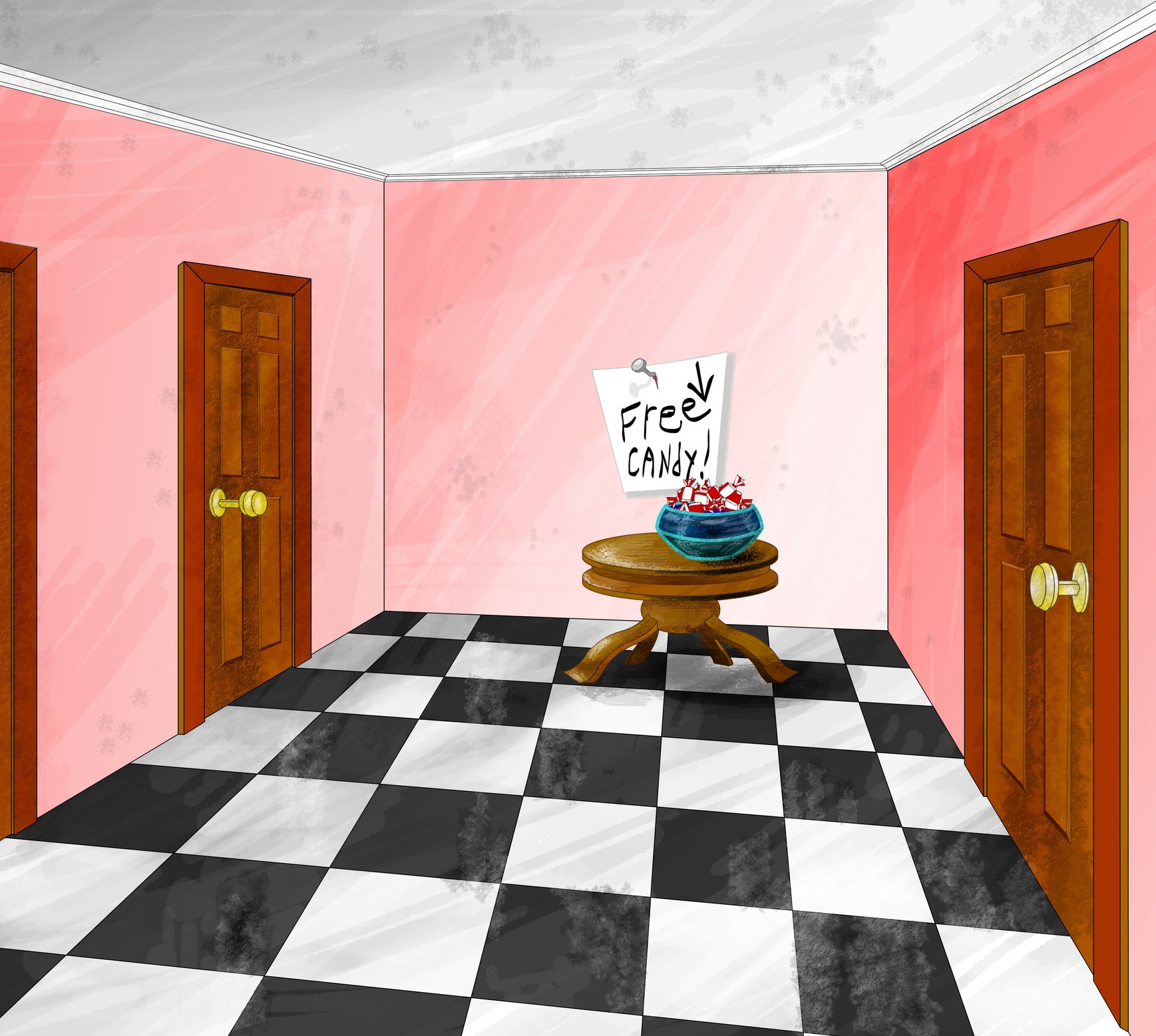Many years ago, a friend, Carl Baker and I had a few too many beers.
We had a discussion about the silliness of how things are named.
Somehow, the conversation led to locales where things were made, and morphed into vegetables and finally mushrooms. “Isn’t it crazy that mushroom names sound like where they’re from?” quipped Carl. “PortaBELLo” sounds like an Italian. “Crimini too!” “That would make a great cartoon!” I replied, knowing what it took to make it happen.
An idea was born.
That was 1996.
Over the years, the concept took form and I attempted various pitches to different networks. I fine tuned the idea and wrote storylines, created the show bible, drafted character canons and expanded the environment. There have been countless rewrites, mockups storyboards and through the collaboration of friends, both amateur and professional alike, the concept grew into a show-ready property. Despite connections with some of the industry’s best known producers, professional animation companies and a world class agent, pitching to a network is like inviting yourself to a party at the President’s house. Pretty much impossible in a very impenetrable industry.
Despite my efforts, and those of a professional Agent, the series has not taken off. Nonetheless, the concept still elicits laughter. Below are a few of the show elements - most created in the early 2000s.




















